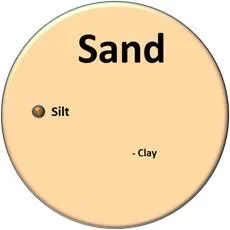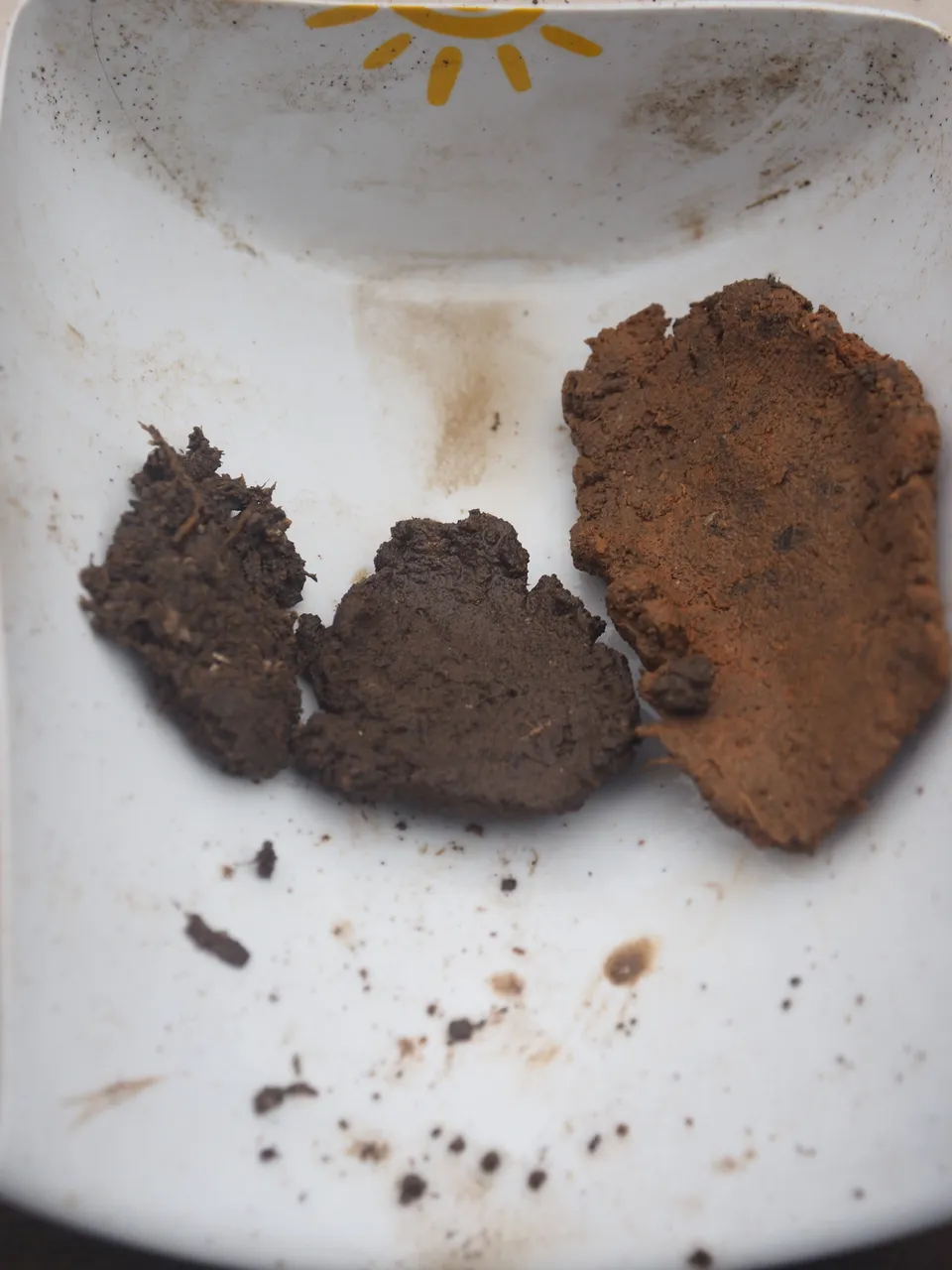I have mentioned "knowing your land" quite a bit, one key aspect of knowing is actively testing! You do not need any sort of background in chemistry to perform a basic assumption of soil content/composition. There are far more intensive tests which can be done but would most likely require a sum of money for analysis, I'm all for expanding you knowledge and reducing cost. A simple method I was taught by my professor who taught an extremely in depth and challenging Soils course, was ribbon testing. He was adamant about not using the term dirt, and instead the word soil -- to him "dirt" was among the worst of curse words! Funny, but also well meaning and pushing through education to present the fact that not all soil is created equally!
This test is performed by gently rubbing a ball of soil between your index and thumb, and producing a thin "ribbon" or flattened section of soil. This actively shows the composition of clay as a percentage of total soil mass. For simplicity the 3 simple soil components are:
1.) clay - diameter less than 0.002 mm
2.) silt - diameter ranging 0.002 – 0.02 mm
3.) sand - diameter ranging 0.02 – 2.0 mm

Random 3 sample soil ribbon test - roughly estimated in left to right increase of clay content.
(1- organic matter/sand/rocky soil. 2 - generic topsoil. 3- classic "clay" soil ~>70%)

(Macro - from Olympus OM-D EM-5 MKII)
Organic matter is a CRUCIAL component but for the ribbon test it might skew results given root and other ambient "fresh" organic matter. For example in the clay soil there were many roots that could lengthen the size of the ribbon, and the more sandy soil has tons of small particulate organic matter that helped diffuse adhesion in the soil - but it is tough to say how much of a impact it made.
Realistically, I would say that real soil ribbons should test the topsoil and subsoil for information of how the sub-surface roots would do. Clay soil is not a totaly drag, it has C.E.C. (Cation Exchange Capacity) behind it! Because clay is so fine of a soil component it has one of the highest CEC's based of the amound of surface area it creates. This can be helpful to leach nutrient at a slower rate as each lower clay particle hangs onto the nutrient previously shed fro the above particle. Effectively catching more nutrients from the topsoil's organic matter breakdown.
CEC is a measure of how many nutrients a soil can hold, sand/rock being the largest has more volume in the particle than surface area, when crushed with a hammer many smaller pieces are produced and thus the volume contained becomes partial surface area when exposed.
Full breakdown of feel/soil length. Moist caste method is similar in practice. (Ball up soil and throw from hand to hand, more durable = greater clay content)

This is a short breakdown of testing and more info can be found in the sources below. Hopefully soon I will explain another easy test to actually show relative clay, silt and sand compostion of soil by using a mason jar, water and soil sample!
Thanks for following and reading!
Sources:
http://www.ext.colostate.edu/mg/gardennotes/214.pdf (covers many aspects/tests of soil including mason jar method)
http://www.iowastormwater.org/documents/resources/ribbon_test_6B17E4F21DCB5.pdf